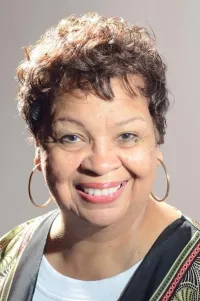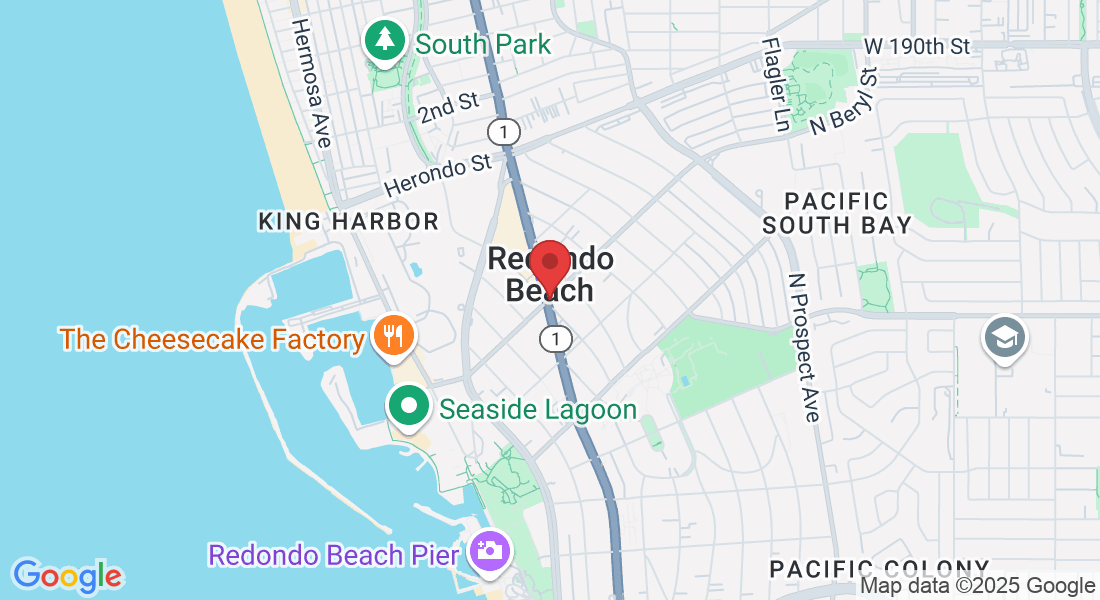The Bowie/Mitchellville Blog
Stay up to date with what's going on locally
The Bowie/Mitchellville Blog
Stay up to date with what's going on locally
Blogs
Stay up to date with everything going on
Bowie/Mitchellville Blogs

You Can’t Walk to Coffee in the Suburbs (And That’s a Shame)
Some people measure a community by its school district ratings or the size of its backyards. Others? By whether they can walk out their front door, take a short stroll, and land in a café where the barista greets them by name. If you’re in the latter group, you probably understand why city life—and walkable neighborhoods—are making a comeback.
There’s something special about a place where daily life happens on the sidewalk. Where you bump into neighbors instead of waving from across a cul-de-sac. Where errands aren’t about driving and parking, but about a quick hello at the corner store or a leisurely stop at your favorite local bakery. Walkability isn’t just about convenience—it’s about connection.
Where the Coffee Comes With Conversation
In car-dependent areas, grabbing a coffee is an errand. You drive, you order, you leave. But in walkable communities? The coffee run is a ritual. You chat with the café owner about the latest neighborhood news. You run into a friend you haven’t seen in a while. You linger just a little longer, because the energy of a local spot makes your day feel fuller.
That’s the magic of a place designed for people, not just cars.
The Simple Joy of Running Into People
A walkable community isn’t just about proximity—it’s about presence. The people who live in these places aren’t rushing from garage to highway to office; they’re out, moving through their neighborhood, experiencing it.
You see familiar faces. You learn the rhythms of local life. You support small businesses without even thinking about it, because they’re just part of your daily path. And in a world where digital connections sometimes replace real ones, a spontaneous sidewalk chat might just be the most underrated joy there is.
Convenience Is Nice. Community Is Better.
Sure, walkability means easier errands and less time in traffic. But what it really offers is something more valuable: a sense of belonging. When your grocery store cashier knows your name, when your local bookstore owner sets aside a book they think you’ll love, when your favorite sandwich shop starts making your order before you even ask—that’s community.
Not every place has it. But the places that do? They remind us why where we live isn’t just about a house—it’s about the life that happens around it.
So, the next time you find yourself waiting in a drive-thru line, staring at the brake lights in front of you, just ask yourself: Wouldn’t it be nice to just walk?
Interviews

You Can’t Walk to Coffee in the Suburbs (And That’s a Shame)
Some people measure a community by its school district ratings or the size of its backyards. Others? By whether they can walk out their front door, take a short stroll, and land in a café where the barista greets them by name. If you’re in the latter group, you probably understand why city life—and walkable neighborhoods—are making a comeback.
There’s something special about a place where daily life happens on the sidewalk. Where you bump into neighbors instead of waving from across a cul-de-sac. Where errands aren’t about driving and parking, but about a quick hello at the corner store or a leisurely stop at your favorite local bakery. Walkability isn’t just about convenience—it’s about connection.
Where the Coffee Comes With Conversation
In car-dependent areas, grabbing a coffee is an errand. You drive, you order, you leave. But in walkable communities? The coffee run is a ritual. You chat with the café owner about the latest neighborhood news. You run into a friend you haven’t seen in a while. You linger just a little longer, because the energy of a local spot makes your day feel fuller.
That’s the magic of a place designed for people, not just cars.
The Simple Joy of Running Into People
A walkable community isn’t just about proximity—it’s about presence. The people who live in these places aren’t rushing from garage to highway to office; they’re out, moving through their neighborhood, experiencing it.
You see familiar faces. You learn the rhythms of local life. You support small businesses without even thinking about it, because they’re just part of your daily path. And in a world where digital connections sometimes replace real ones, a spontaneous sidewalk chat might just be the most underrated joy there is.
Convenience Is Nice. Community Is Better.
Sure, walkability means easier errands and less time in traffic. But what it really offers is something more valuable: a sense of belonging. When your grocery store cashier knows your name, when your local bookstore owner sets aside a book they think you’ll love, when your favorite sandwich shop starts making your order before you even ask—that’s community.
Not every place has it. But the places that do? They remind us why where we live isn’t just about a house—it’s about the life that happens around it.
So, the next time you find yourself waiting in a drive-thru line, staring at the brake lights in front of you, just ask yourself: Wouldn’t it be nice to just walk?
Articles

You Can’t Walk to Coffee in the Suburbs (And That’s a Shame)
Some people measure a community by its school district ratings or the size of its backyards. Others? By whether they can walk out their front door, take a short stroll, and land in a café where the barista greets them by name. If you’re in the latter group, you probably understand why city life—and walkable neighborhoods—are making a comeback.
There’s something special about a place where daily life happens on the sidewalk. Where you bump into neighbors instead of waving from across a cul-de-sac. Where errands aren’t about driving and parking, but about a quick hello at the corner store or a leisurely stop at your favorite local bakery. Walkability isn’t just about convenience—it’s about connection.
Where the Coffee Comes With Conversation
In car-dependent areas, grabbing a coffee is an errand. You drive, you order, you leave. But in walkable communities? The coffee run is a ritual. You chat with the café owner about the latest neighborhood news. You run into a friend you haven’t seen in a while. You linger just a little longer, because the energy of a local spot makes your day feel fuller.
That’s the magic of a place designed for people, not just cars.
The Simple Joy of Running Into People
A walkable community isn’t just about proximity—it’s about presence. The people who live in these places aren’t rushing from garage to highway to office; they’re out, moving through their neighborhood, experiencing it.
You see familiar faces. You learn the rhythms of local life. You support small businesses without even thinking about it, because they’re just part of your daily path. And in a world where digital connections sometimes replace real ones, a spontaneous sidewalk chat might just be the most underrated joy there is.
Convenience Is Nice. Community Is Better.
Sure, walkability means easier errands and less time in traffic. But what it really offers is something more valuable: a sense of belonging. When your grocery store cashier knows your name, when your local bookstore owner sets aside a book they think you’ll love, when your favorite sandwich shop starts making your order before you even ask—that’s community.
Not every place has it. But the places that do? They remind us why where we live isn’t just about a house—it’s about the life that happens around it.
So, the next time you find yourself waiting in a drive-thru line, staring at the brake lights in front of you, just ask yourself: Wouldn’t it be nice to just walk?

#008c95
#ff0090
https://storage.googleapis.com/msgsndr/MXXMJF4fekMbEbtOorzU/media/66966e41686dfa8cfc96079f.jpeg
https://www.google.com/maps/embed?pb=!1m18!1m12!1m3!1d103939.86456268442!2d-99.11101620796636!3d35.501291909165616!2m3!1f0!2f0!3f0!3m2!1i1024!2i768!4f13.1!3m3!1m2!1s0x87ac1c88069d00ad%3A0x2023312b07d291c8!2sClinton%2C%20OK%2C%20USA!5e0!3m2!1sen!2sph!4v1710902541304!5m2!1sen!2sph
Thank you for visiting
Bowie/Mitchellville
Contact Info
Address
8222 Schultz Rd, Clinton
Phone
(240) 462-1955
sold2settle@gmail.com

